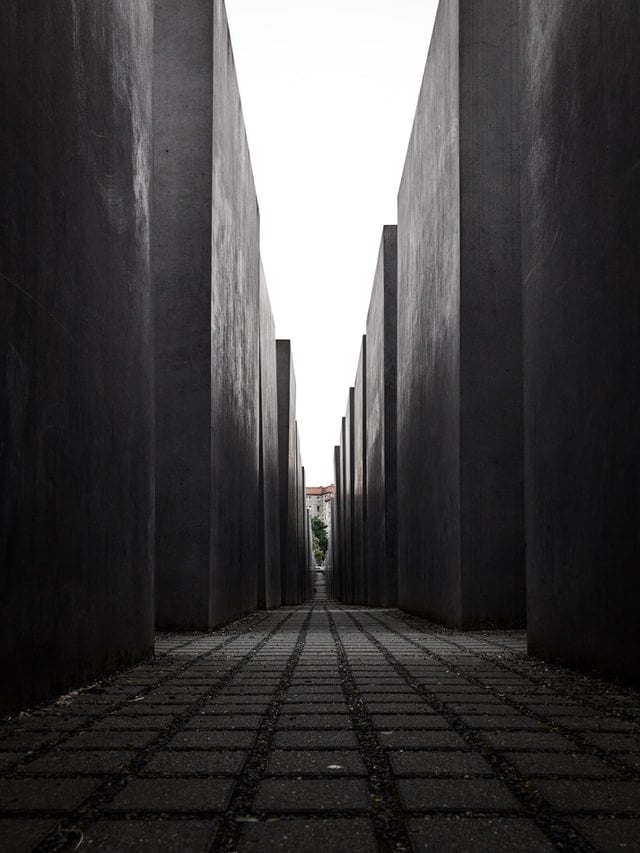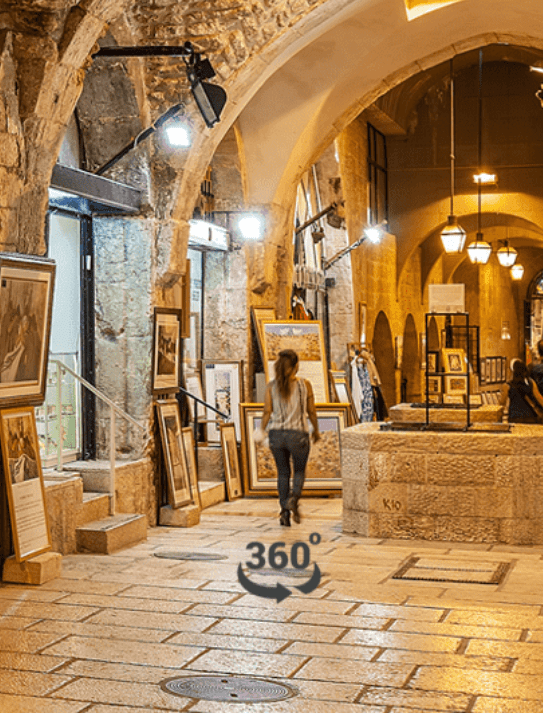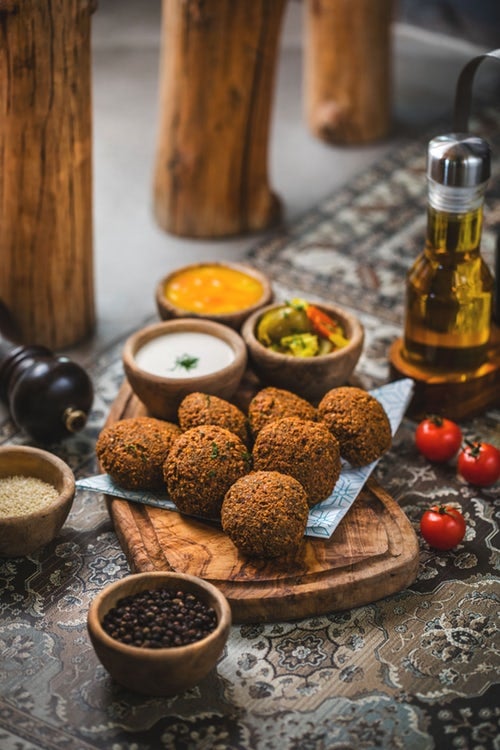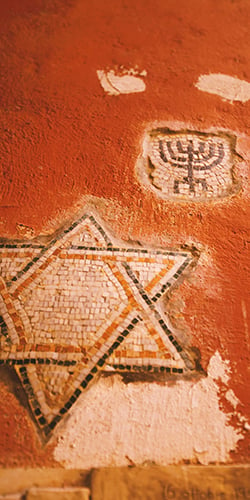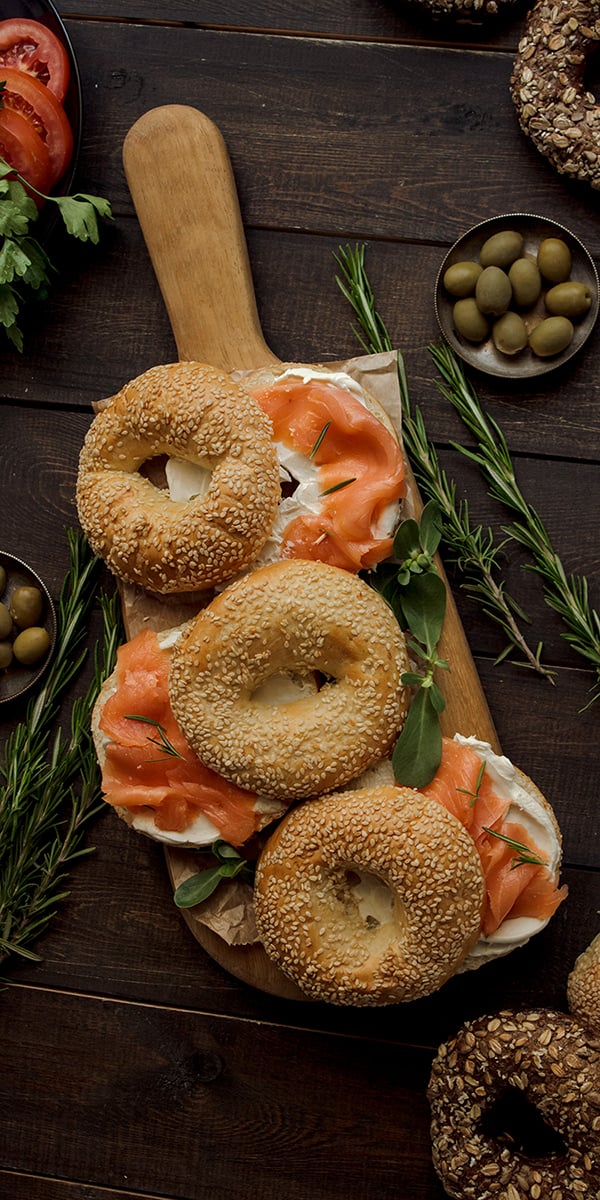Kėdainiai is one of the oldest towns in current-day Lithuania. The noble Radziwiłł family owned the town for a longer part of the town’s history. The Jews settled in Kėdainiai at the beginning of the 17th century, when in 1627, the town's owner Krzysztof Radziwiłł allowed the Jews to settle around the Old market square.
The first synagogue in Kėdainiai was mentioned in 1655, which stood in the Northern part of the Old market square. The Kacenelenbogen family made the town a center of Talmudic studies that even famous Vilna Gaon (Eliyahu ben Shlomo Zalman) studied here when he was young. It is believed that he was a student of a famous rabbi, Moses Ben Simeon Margoliot (1710-1780). Also, Moshe Leib Lilienblum (1843-1910) - a famous Jewish scholar and proponent of the Haskalah movement was born in Kėdainiai.
At the end of the 19th century, Jews constituted...


